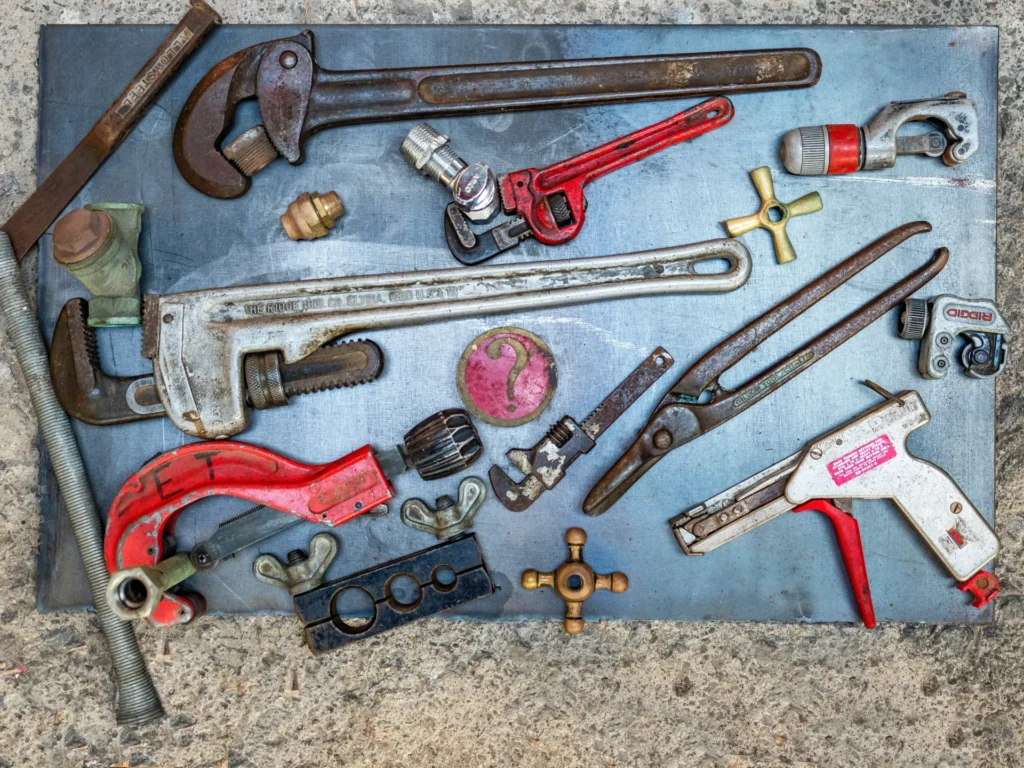Fly tying vises are the heart of a fly tying setup and are essential in fly fishing. Whether you are a veteran fisherman or a beginner, the proper vise can be the difference between a positive, enlightening fly-tying experience and frustration and wasted time. There are plenty of options for design and materials, so there is the best vice for you. Here, we take a closer look at fly crafting clamps so you can choose the perfect one. Read on for our full review of this must-have tool for fishing.
Understanding the Different Types of Fly Tying Vises
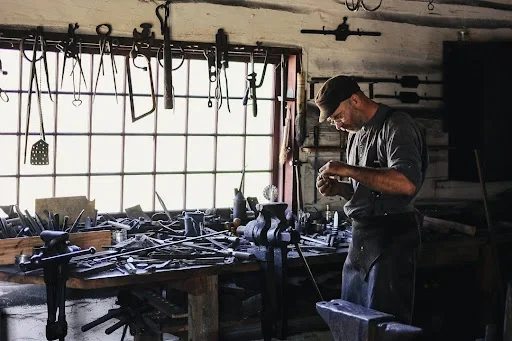
Fly-tying vises run the gamut, from basic, fixed shaft types to complex articulated designs. Ultra vise Series C-clamp vises are designed for those who prefer a c-clamp style of vise. Quality and simplicity in a vise. Pedestal vises, on the other hand, can easily be transported; you can tie a fly on any flat surface with no need for clamping.
Travelers may prefer portable vises that are easy to stash and make ready. In addition, rotary vises have taken off in popularity due to the hook when it’s all hooked up and can turn 360 degrees, giving you a full eye of work on the fly and access to every bit of the fly for a smoother, more accurate tie. There’s also a big difference between vises designed for small flies (commonly used in freshwater fishing) and those constructed to hold high hook sizes, most common when fishing salt.
Among the array of tools, the fly tying vise stands as a notable example of precision engineering, designed to cater to the needs of the discerning fly tyer. Its robust construction and adaptable features make it versatile for crafting anything from delicate dry flies to sturdy streamers.
Assessing the Best Materials for Durability and Functionality in Fly Crafting Vises
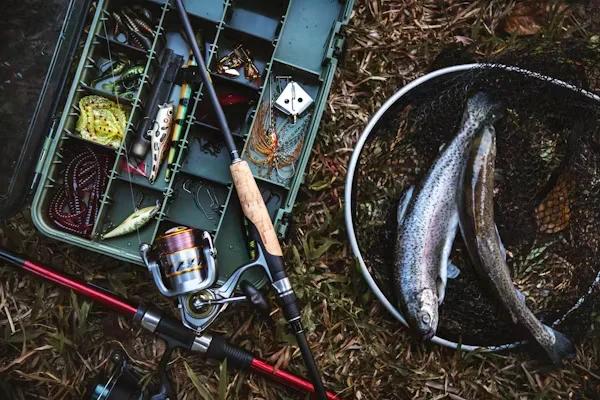
Regarding fly hooks, material choice doesn’t just mean strength. Durable vises are frequently constructed of tough materials such as stainless steel and anodized aluminum that are resistant to rust and corrosion. These materials keep the vice reliable even after prolonged use or exposure to sticky adhesives and solvents.”
The weight of the Vise is a factor in how portable and stable it is. A heavier base offers a more sturdy base, instrumental with intricate patterns that need to be precise. On the other hand, light aluminum or composite vises are more portable but must be maintained at the same level while in operation.
Key Features to Look for When Choosing Your Fly Lure Vise
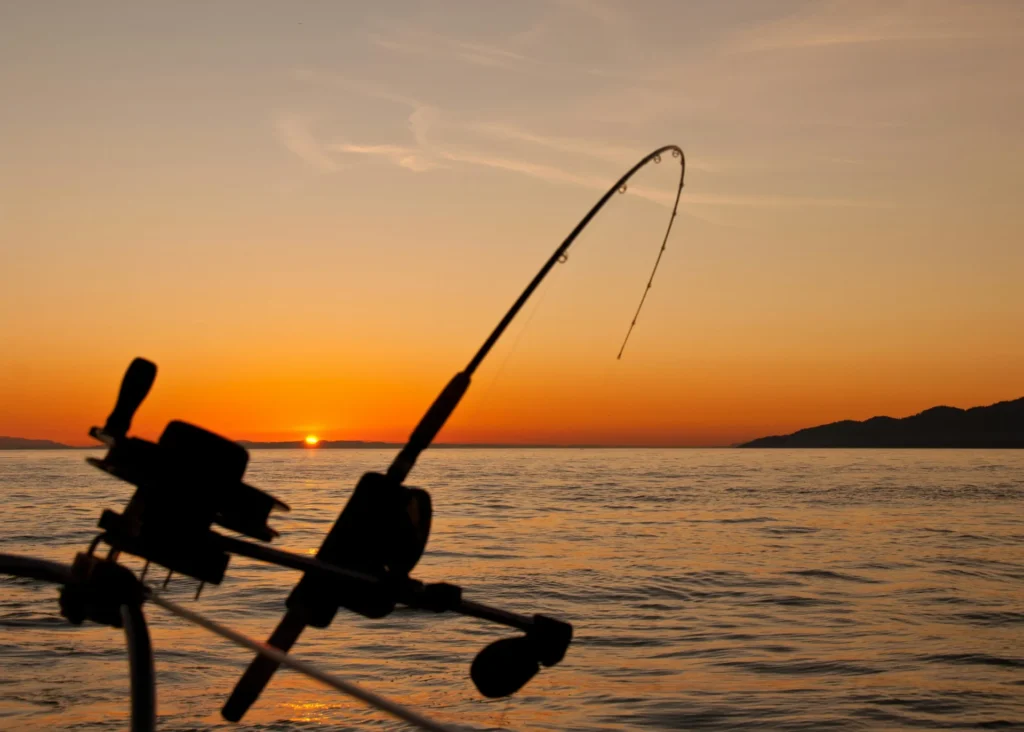
Selecting the right fly-tying vise involves scrutinizing several key features that can enhance your fly-tying experience. One critical aspect is the vise’s adjustability; it should accommodate a wide range of hook sizes and types, offering flexibility for various fly patterns. The locking mechanisms should be robust and smooth, ensuring the hook remains stationary without over-tightening, which can lead to hand fatigue over prolonged tying sessions.
As well, being steady while applying materials to the hook, is critical for the stability of the vice. These will mostly depend on the base design, whether it’s a C-clamp or pedestal. Both have their merits, but many who tie on them enjoy the simplicity and balance of a stable pedestal base, with no independent stabilizing legs.
Maintenance Tips to Prolong the Life of Your Fly Construction Vise
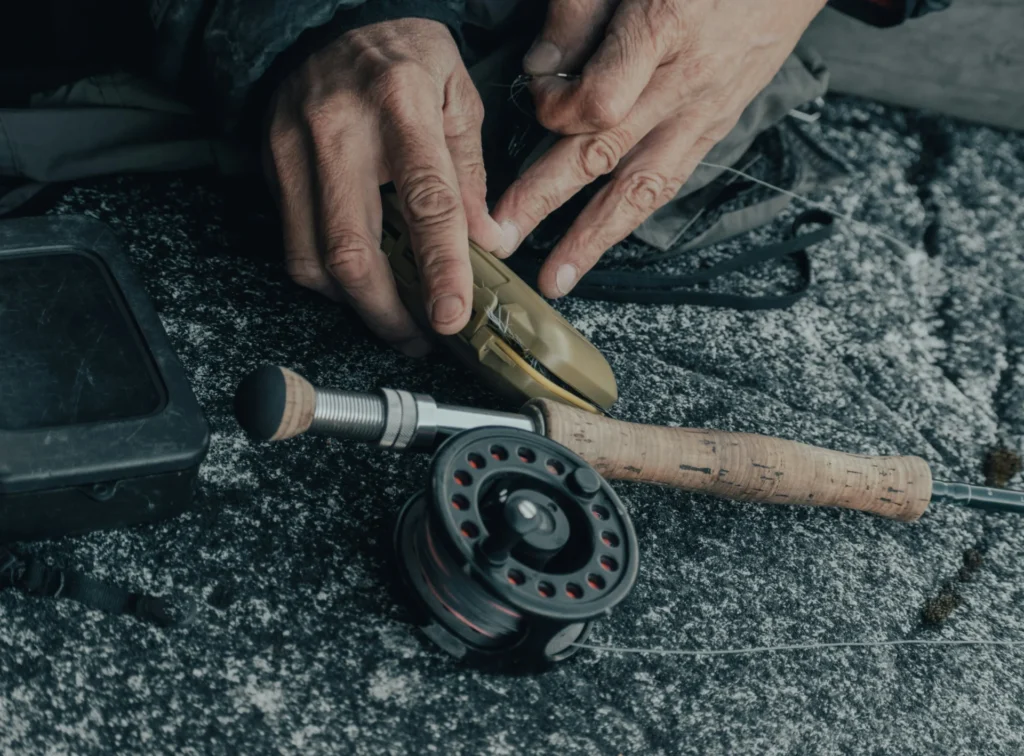
Regular maintenance is essential to keep your fly-tying vise, a vital fishing tool, working well for many years. Simple steps, such as keeping the vise clean from debris and fly-tying materials, will help prevent wear and mechanical issues. Wiping down the vise with a soft cloth can remove materials that may get caught in its moving parts, and a periodic light oiling of joints and screws can keep the motion smooth.
Things come loose over time when you’re using them, so regularly check and tighten any screws or knobs. But don’t overtighten, you may strip the threads or create premature wear. We’ll go ahead and say the following: You should follow the manufacturer’s maintenance instructions because they give you their recommendations for how best to care for your vice in particular.
Overall, the selection and care of a fly-tying vise, like any high-quality fishing gear, can significantly influence the enjoyment and success of your fly-tying hobby. By choosing the right type, materials, and features for your needs and doing regular maintenance, you can keep your vise reliable for making functional and beautiful flies for many years.






